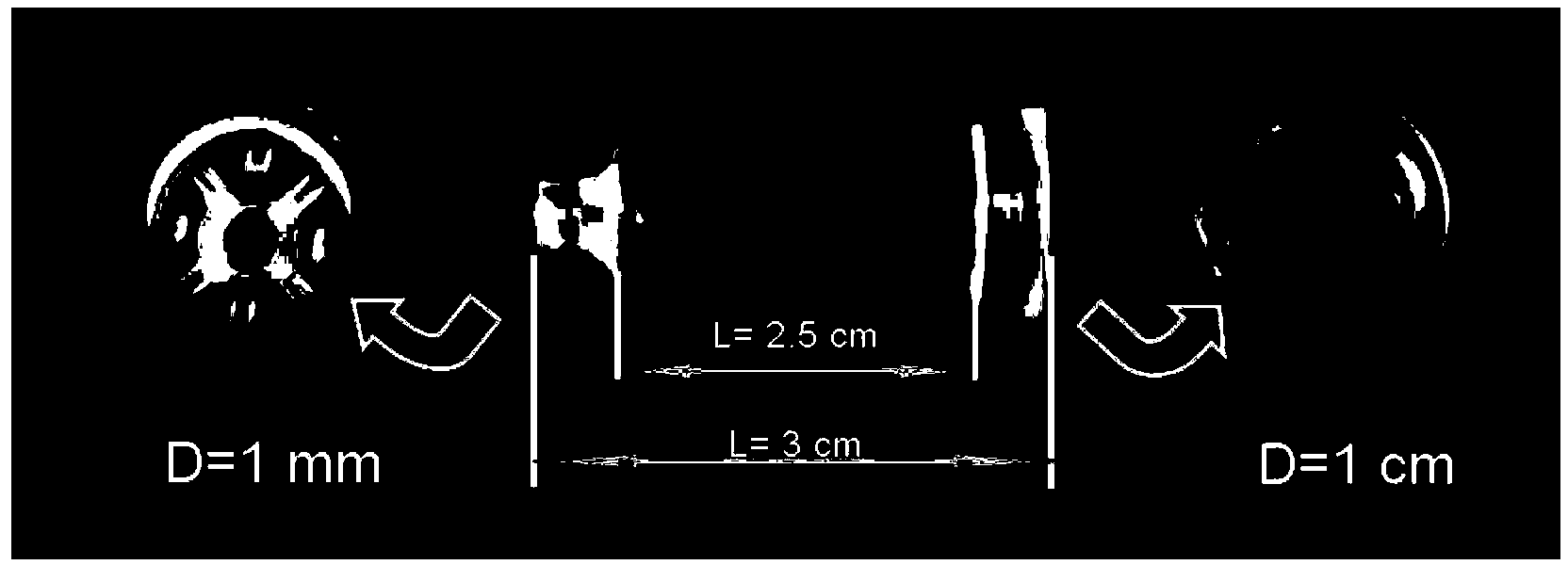Method for separating apoplast juice from plant stem tissues
A technology of plant stems and apoplasts, applied in the preparation of test samples, etc.
- Summary
- Abstract
- Description
- Claims
- Application Information
AI Technical Summary
Problems solved by technology
Method used
Image
Examples
Embodiment 1
[0053] Embodiment 1, isolating apoplast juice from Salicornia stem tissue
[0054] 1. Separation of apoplast juice
[0055] 1. Cut the 60-day-old Salthorn Grass from the 2-7cm area from the stem tip (such as figure 1 As shown in A), about 1g fresh weight. Subsequent operations were carried out at 4°C, in order to reduce the change of extrapopular body fluid components.
[0056] 2. Carefully cut out the stem tissue located between the outer cortex and the inner cortex (such as figure 1 As shown in middle B), cut it into strips with a length of 2.5 cm, and it is forbidden to cut the central column part (reason: the central column liquid will cause pollution of the apoplast juice).
[0057] 3. Arrange the strip-shaped tissue cut out, and wrap it lightly in the middle of the strip-shaped tissue with plastic wrap (the two ends of the strip-shaped tissue are not wrapped with plastic wrap), and place it on a plastic two-way tube from the top hole ( The diameter of the top hole is...
PUM
| Property | Measurement | Unit |
|---|---|---|
| length | aaaaa | aaaaa |
Abstract
Description
Claims
Application Information
 Login to View More
Login to View More - R&D
- Intellectual Property
- Life Sciences
- Materials
- Tech Scout
- Unparalleled Data Quality
- Higher Quality Content
- 60% Fewer Hallucinations
Browse by: Latest US Patents, China's latest patents, Technical Efficacy Thesaurus, Application Domain, Technology Topic, Popular Technical Reports.
© 2025 PatSnap. All rights reserved.Legal|Privacy policy|Modern Slavery Act Transparency Statement|Sitemap|About US| Contact US: help@patsnap.com



